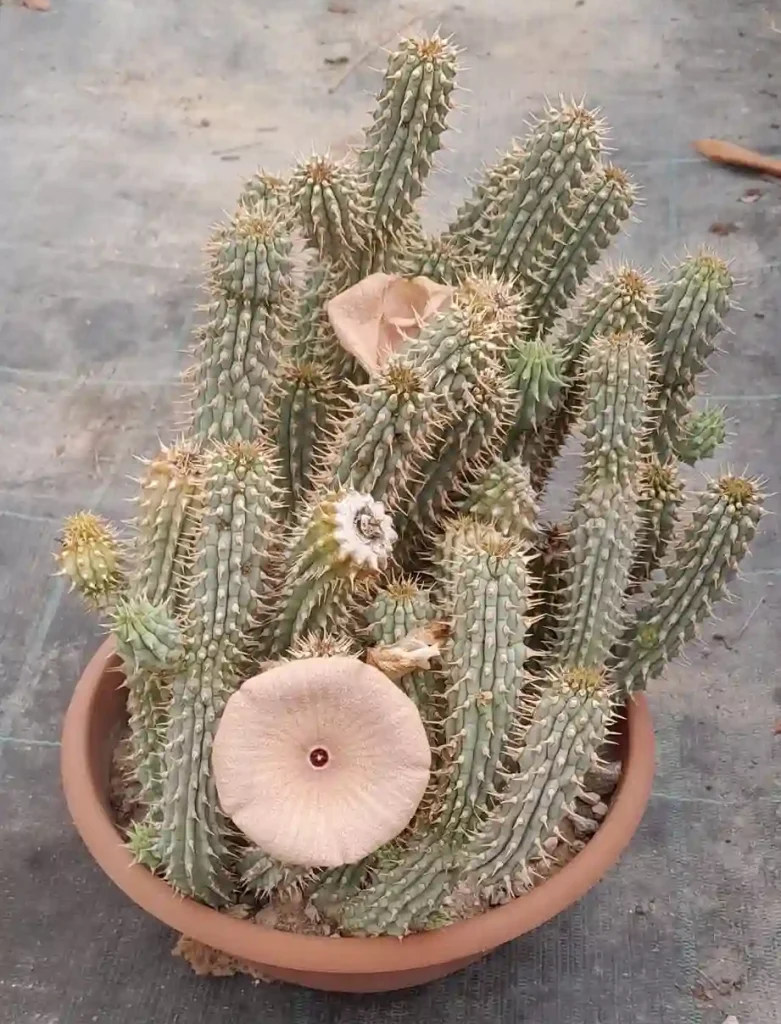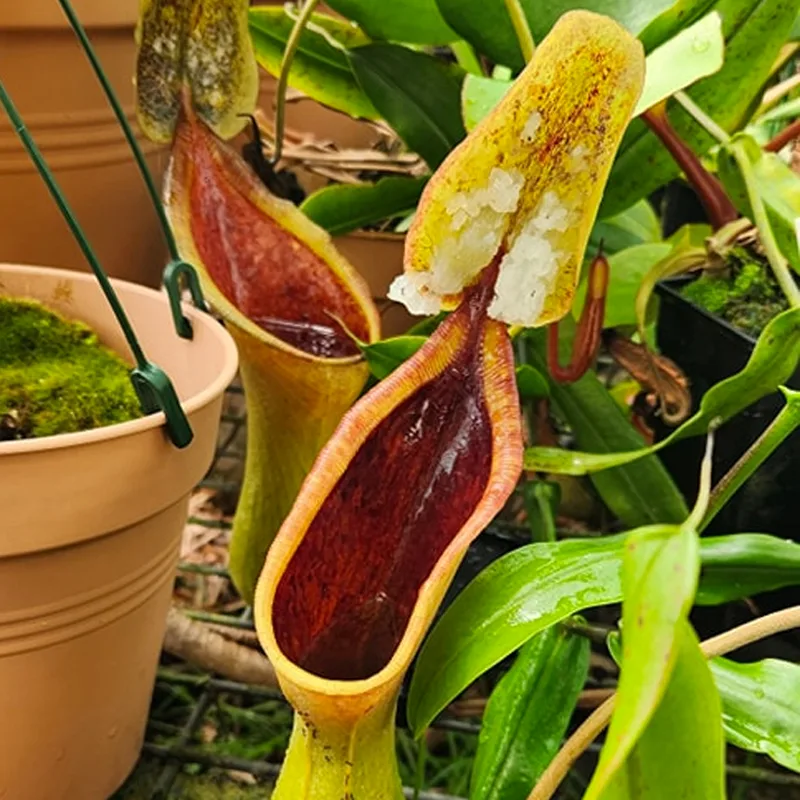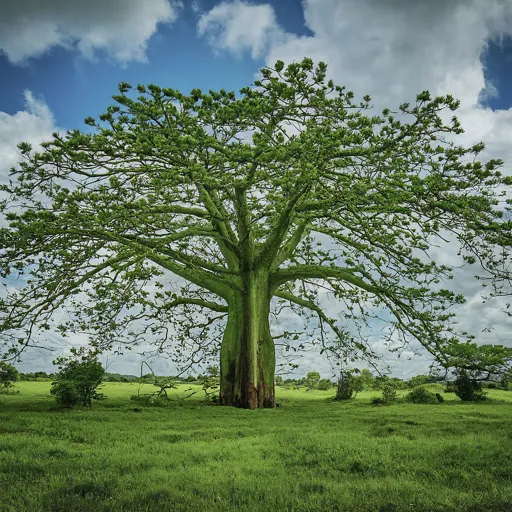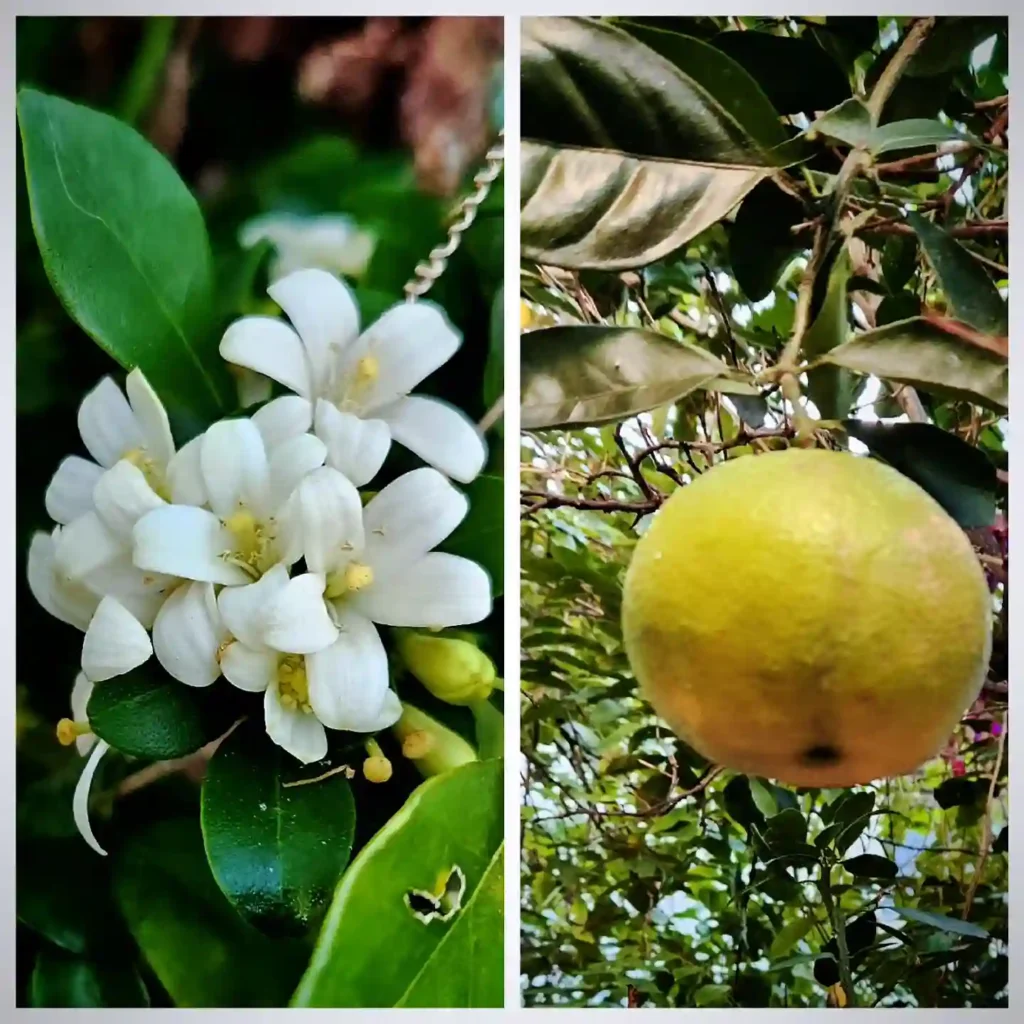The Enchanting World of Amana: A Personal Journey
As a plant enthusiast, I’m always captivated by unique and lesser-known genera. One that has particularly piqued my interest is Amana, a small but fascinating group of bulbous plants belonging to the Liliaceae family. Their delicate beauty and intriguing characteristics make them a joy to discover and cultivate. Join me as I delve into the world of Amana, exploring their taxonomy, distribution, and the individual species that make this genus so special.
Unveiling the Beauty of Amana
Amana plants, sometimes referred to as “fairy lilies,” are native to East Asia, primarily found in China, Japan, and Korea. They thrive in woodland habitats, often carpeting the forest floor with their vibrant blooms in early spring. These ephemeral beauties emerge before the canopy closes, taking advantage of the sunlight that filters through the bare branches.
What distinguishes Amana from other lily relatives? Their unique feature lies in the presence of two to four bracts – leaf-like structures – located on the upper part of the flowering stem. These bracts, along with their bell-shaped flowers and lance-shaped leaves, give Amana a distinct and elegant appearance.
A Diverse Genus: Species of Amana
Though a small genus, Amana boasts a diverse array of species, each with its own unique charm. Here are:
- Amana edulis: This species, formerly known as Tulipa edulis, is perhaps the most well-known member of the genus. Its white or pink flowers, often adorned with purple stripes, are a delightful sight in early spring. Interestingly, the bulbs of Amana edulis are edible, hence the species name “edulis,” meaning “edible” in Latin.
- Amana erythronioides: Native to Japan and China, this species is characterized by its pink or purple flowers and distinctive mottled leaves. The leaves often have a bronze or reddish tinge, adding to their visual appeal.
- Amana anhuiensis: Discovered in the Anhui province of China, this species is known for its white flowers with delicate purple veins. It prefers shaded slopes and woodland edges, where it thrives in moist, well-drained soil.
- Amana kuocangshanica: This recently discovered species hails from Zhejiang province in China. It is distinguished by its relatively large, pale pink flowers and its preference for mountainous habitats.
- Amana wanzhensis: Another recent addition to the genus, Amana wanzhensis is found in the Guangxi province of China. It is characterized by its white flowers with purple stripes and its preference for limestone areas.
- Amana baohuaensis B.X.Han, Long Wang & G.Y.Lu
- Amana hejiaqingii M.Zhen Wang & P.Li
- Amana nanyueensis P.Li & L.X.Liu
- Amana tianmuensis P.Li & M.Zhen Wang
- Amana yunmengensis P.Li, M.Zhen Wang & Zi Yi Wang
Cultivating Amana: A Rewarding Endeavor
For those interested in cultivating Amana, providing the right growing conditions is essential. These plants prefer cool, moist, and well-drained soil, rich in organic matter. They thrive in partial shade, mimicking their natural woodland habitat. With proper care, Amana will reward you with their enchanting blooms year after year.
The Importance of Amana: Beyond Beauty
While Amana plants are undoubtedly beautiful, their significance goes beyond aesthetics. They play a vital role in their ecosystems, providing an early source of nectar for pollinators. Additionally, some species, like Amana edulis, have culinary uses, highlighting the potential of these plants as a food source.
Furthermore, Amana plants hold cultural significance in some East Asian countries. In Japan, for instance, Amana erythronioides is admired for its delicate beauty and is often featured in traditional gardens and art.
Conclusion
My exploration of the Amana genus has been a journey of discovery and appreciation. These enchanting plants, with their delicate beauty and unique characteristics, have captured my imagination. As I continue to learn more about them, I’m increasingly impressed by their diversity, ecological importance, and cultural significance.
I encourage fellow plant enthusiasts to delve into the world of Amana. Whether you’re captivated by their beauty, intrigued by their biology, or simply seeking a unique addition to your garden, these plants offer something for everyone. By appreciating and conserving these botanical treasures, we can ensure that their beauty continues to grace our planet for generations to come.
If i die, water my plants!



